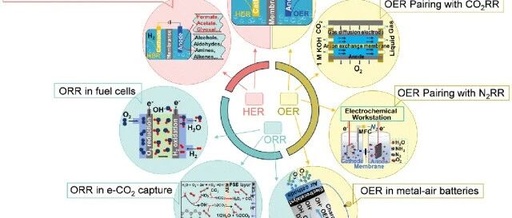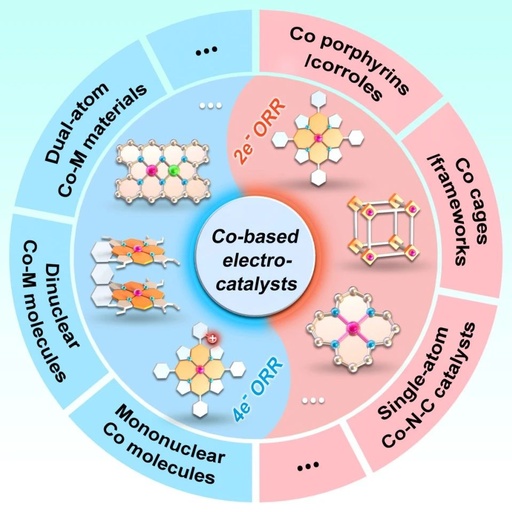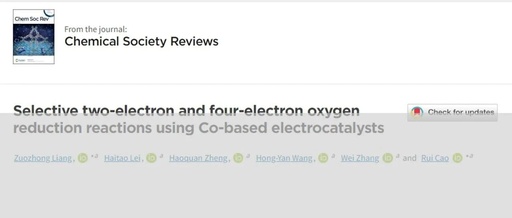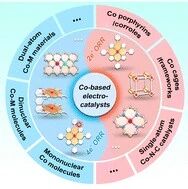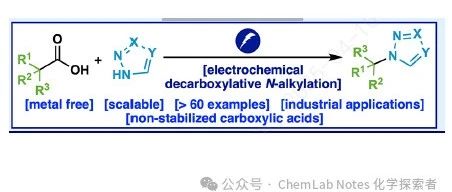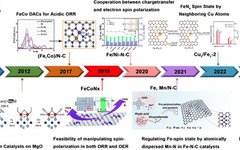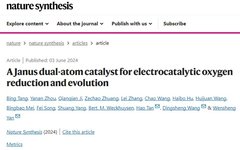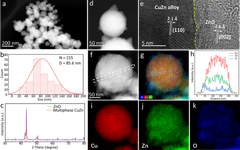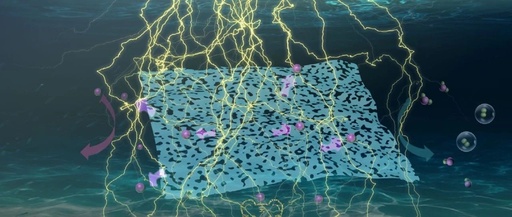Chem Soc Rev: Asymmetrically Tailored Catalysts for Electrochemical Energy Conversion with Non-Precious Materials
Electrocatalytic technologies, such as water electrolysis and metal-air batteries, open new pathways for sustainable energy storage and conversion. However, traditional catalysts are limited by the trade-offs between activity, stability, and scalability. Asymmetrically tailored electrocatalysts (ATEs) have emerged, breaking these limitations through asymmetric design in composition, size, shape, and coordination environment. We focus on the latest … Read more
